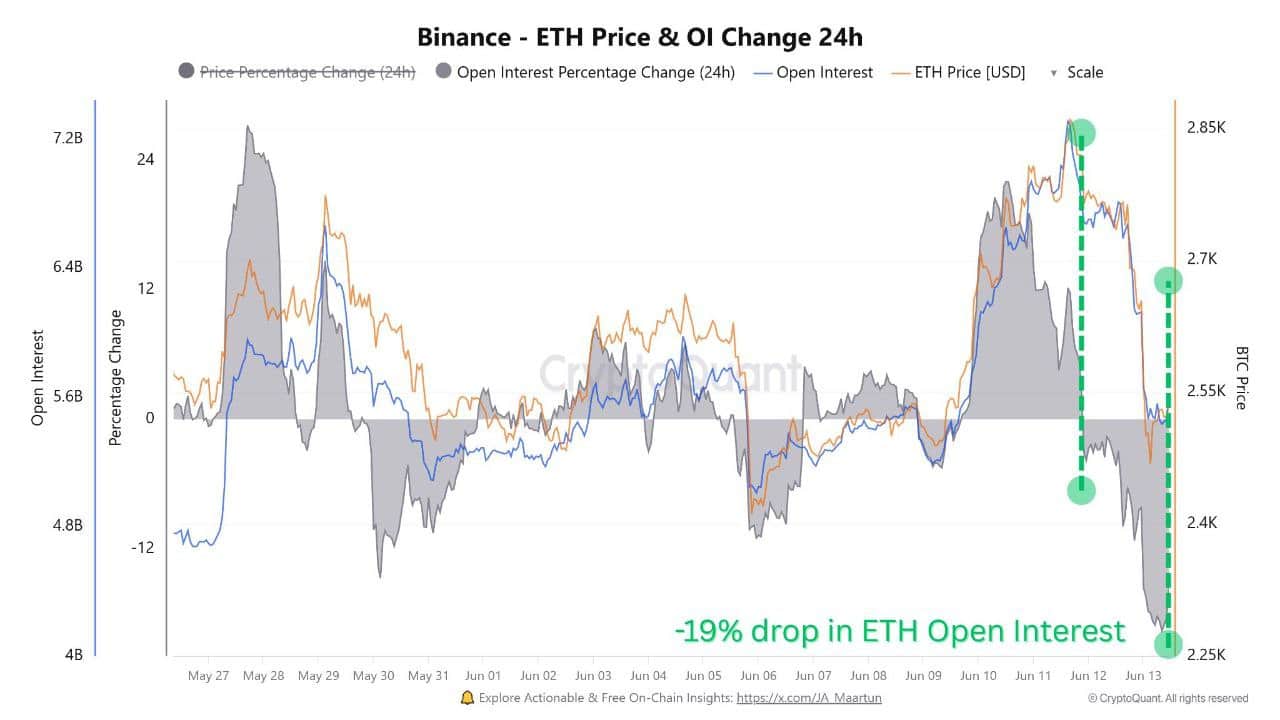-
Ethereum’s risk-to-reward profile currently surpasses Bitcoin’s, sparking renewed investor interest amid recent market volatility.
-
Significant accumulation by a whale, purchasing over $435 million in ETH within two weeks, underscores growing confidence in Ethereum’s potential.
-
According to COINOTAG, Ethereum’s Sharpe Ratio and Normalized Risk Metric signal a balanced risk environment, positioning ETH as a stable contender in the crypto space.
Ethereum shows a more attractive risk-to-reward ratio than Bitcoin, supported by whale accumulation and positive risk metrics, hinting at potential outperformance this quarter.
Ethereum’s Enhanced Risk-Reward Dynamics Signal Stability
Ethereum has demonstrated a compelling improvement in its risk-adjusted returns, as evidenced by the recent uptick in its Sharpe Ratio. This metric, which evaluates returns relative to volatility, suggests that ETH is delivering more consistent rewards despite sideways price movements. Complementing this, the Normalized Risk Metric (NRM) remains steady at 0.41, a level historically associated with moderate risk and balanced market sentiment. These indicators collectively point to a period of structural investor confidence rather than speculative exuberance.
Such stability is further highlighted by Ethereum’s position within the 0.5 NRM region, traditionally a zone of accumulation rather than panic or euphoria. This environment fosters a more measured approach to investment, reducing the likelihood of abrupt market swings and positioning ETH as a potentially more stable asset compared to Bitcoin. The recent whale activity, involving purchases exceeding $435 million, reinforces this narrative of growing institutional and large-scale investor interest.

Source: Alphractal
Market Volatility and Liquidation Events: Short-Term Challenges for ETH
Despite these positive indicators, Ethereum recently experienced a notable 19% decline in Open Interest on Binance, accompanied by a sharp price correction from $2,800 to below $2,500. This movement reflects significant liquidations and long squeezes, which typically serve to purge excessive leverage from the market. While such events can induce short-term volatility and investor apprehension, historical patterns suggest they often precede recovery phases as the market stabilizes.
Ethereum’s ability to maintain a positive risk-to-reward ratio during these fluctuations indicates resilience and potential for rebound. However, sustained recovery will depend on Ethereum regaining key support levels with strong trading volume, signaling renewed buying interest and market confidence. Institutional flows and broader macroeconomic sentiment will also play critical roles in shaping ETH’s trajectory in the coming months.

Source: CryptoQuant
Potential for Ethereum to Outperform Bitcoin in Q3
Ethereum’s improved risk metrics and recent accumulation trends position it as a strong candidate to potentially outpace Bitcoin in the third quarter. While Bitcoin remains the dominant cryptocurrency, ETH’s structural advantages, including its evolving network utility and investor sentiment, could drive superior relative performance.
Nonetheless, this potential outperformance is contingent upon several factors, including the stabilization of global macroeconomic conditions and sustained institutional investment. Market participants should monitor Ethereum’s ability to hold critical support levels and the evolution of leverage within the derivatives market, as these will be key indicators of its short- to medium-term momentum.
Conclusion
Ethereum currently exhibits a more attractive risk-to-reward profile than Bitcoin, supported by positive risk metrics and significant whale accumulation. While short-term volatility and liquidation events present challenges, the underlying structural indicators suggest a period of stability and potential growth. Investors should watch for Ethereum’s ability to reclaim support levels and the broader macroeconomic environment to assess its prospects for outperformance in the upcoming quarter. Ethereum’s evolving market dynamics make it a compelling asset to monitor for strategic portfolio positioning.






